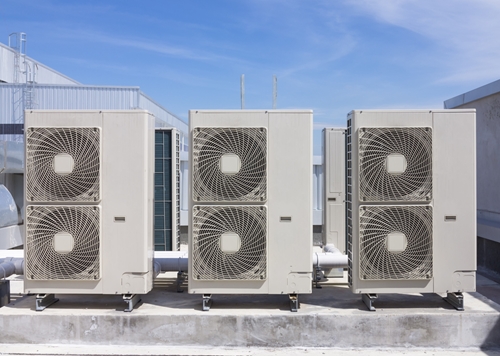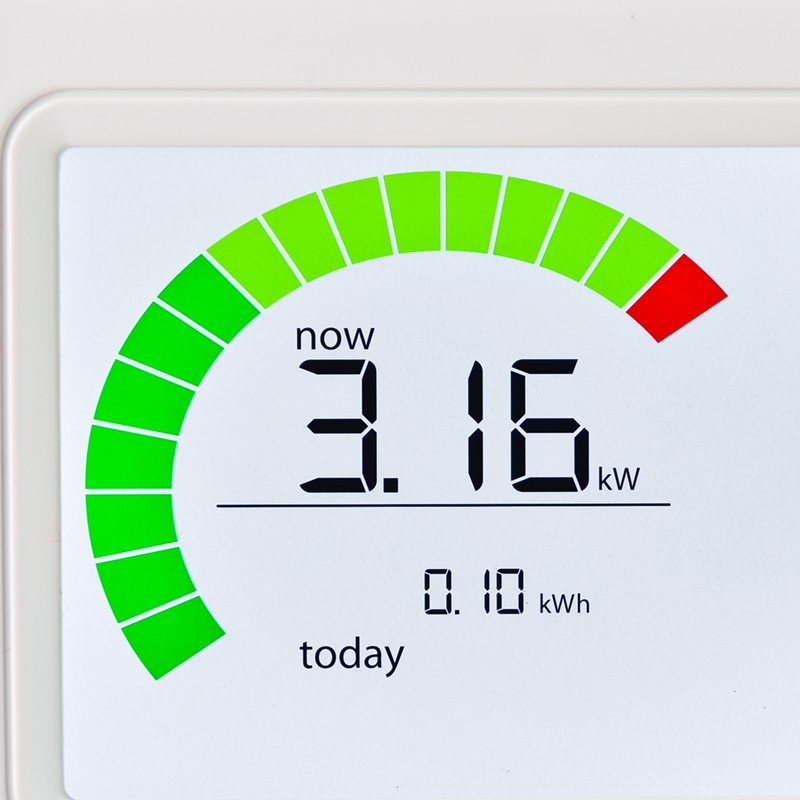As R-Values Trend Upward, Better HVAC Strategies Become Necessary

Slowly but surely, building efficiency standards across the U.S. creep higher and higher. Regulatory changes can come in the form of new codes from the International Code Council, which sets the bar for building performance worldwide, or from small-scale amendments to regional or municipal standards. Either way, the pressure is on builders and architects to adhere to the highest possible measures.
R-values are the standard units for measuring energy efficiency. Different insulation materials have different R-values – the higher the number, the better the insulation. But it’s important to note that insulation’s R-value can be compromised if the material wasn’t installed correctly or if it wears down over time, which in turn has a negative effect on building energy efficiency.
These days, building owners and home buyers consider energy efficiency as a key component of their decision. They have good reason: According to ENERGY STAR, a typical organization can save anywhere from 2 to 10 percent through smart energy use alone, while some have cut their energy budget by as much as 60 percent.
Leveraging efficient appliances is a critical aspect of good energy management, but heating, ventilation and air conditioning is also a major contributor. Unfortunately, building managers often overlook HVAC in favor of other changes. The best building efficiency overhauls hold HVAC as a significant area for improvement.

How can better HVAC industrial tape save energy?
HVAC a major contributor to energy loss
Just how important is HVAC to building energy strategy? Heating and cooling consume over half the energy in an average home, according to the U.S. Department of Energy. In industrial and commercial settings, that number can be even higher. While there isn’t much most people can do to avoid using HVAC altogether – you need heat and air conditioning in the winter and summer – it’s still important to make sure that system is operating optimally.
While some systems that are decades-old will ultimately need to be replaced, there is no reason to accept energy loss and inefficiency for the average HVAC unit. When energy loss does occur, it isn’t necessarily because the technology itself is outdated – it could just be that leaks and fissures in the ductwork or insulation have disrupted normal functionality. And as codes continue to grow stringent, such leakage will become more and more detrimental.
“Heating and cooling consume over half the energy in an average home.”
How specialized HVAC tape can help
Old, fabric ducts and fiberglass insulation are both open to tears and leaks, undermining their efficiency and causing the entire building to lose energy. Duct tape is the solution for many of these defects, but standard cloth tape won’t do – that variety will lose adhesiveness under extreme temperatures, according to Today’s Homeowner. Instead, use a metallic, foil duct tape for sealing ducts and keeping new insulation in place.
In this way, HVAC tape is a versatile product that can allow building owners and homeowners to repair deficient insulation or torn HVAC ducts without replacing the system entirely. That makes it a cost-effective, timely solution.
Even within HVAC-grade duct tape, there are certain qualities and attributes you should be on the lookout for. Be sure to consult with the experts before making a hasty decision and sealing your ducts inadequately.


